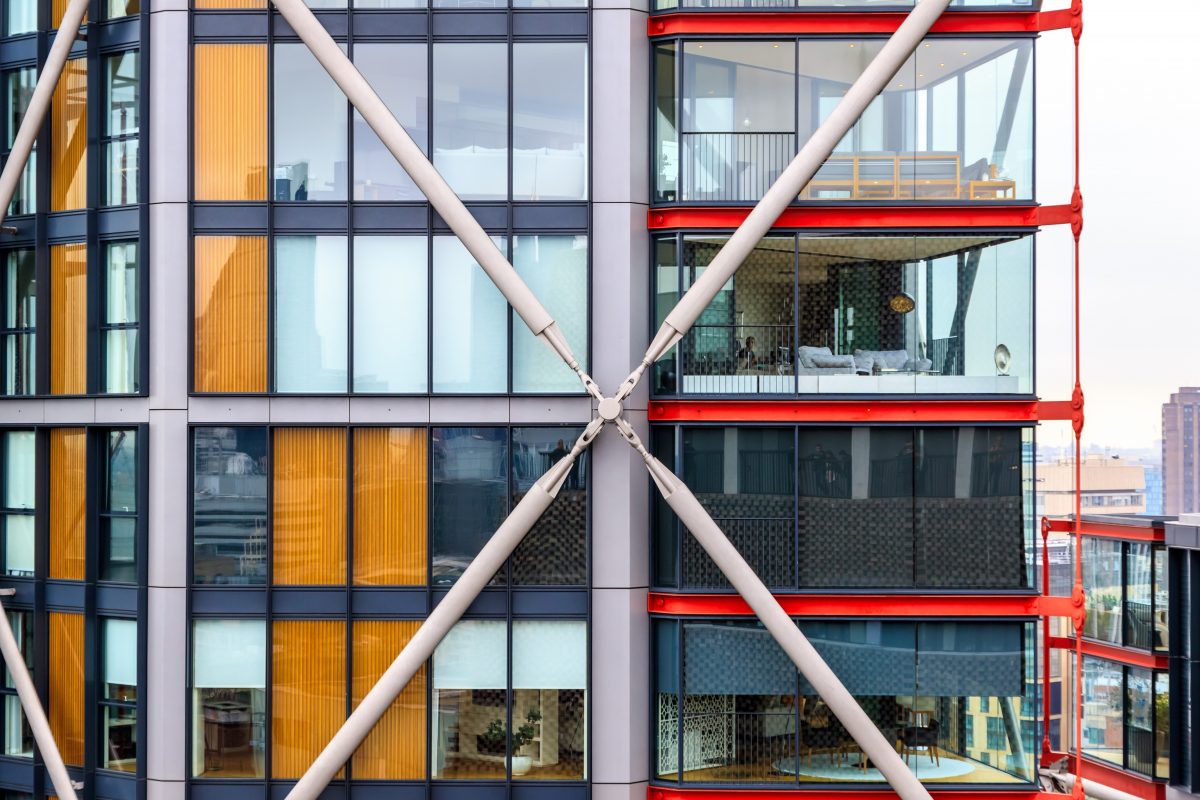In the eagerly awaited invasion-of-privacy case brought against the Tate Modern by neighbouring residents, the High Court has dismissed the claim.
The owners of four apartments in the Neo Bankside development on London’s Southbank claimed the viewing gallery at the Tate Modern caused “relentless’” invasion of their privacy and had been fighting their corner since the viewing platform opening in 2016.
For the case Fearn & Ors v The Board of Trustees of the Tate Gallery [2019] EWHC 246 (Ch) (12 February 2019) the Court found that there was no direct cause of action under the Human Rights Act, but it did conclude that the law of nuisance is capable, in an appropriate case, of operating so as to protect the privacy of one’s home.
However, Justice Mann concluded that there was no nuisance in this particular case. In reaching that conclusion, he took into account a number of factors including:
– the control measures the Tate Modern had put in place, including limits on the use of the viewing gallery;
– the self-induced sensitivity to overlooking that was inherent in the glass-walled design of the residents’ apartments and the increase in that sensitivity resulting from their use of winter gardens (intended to be quasi balconies) as an extension of the living accommodation; and
– the availability and reasonableness of measures that the residents could employ to reduce the impact on privacy from overlooking, including the use of net curtains.
As the Tate Modern argued, the residents will just have to simply “draw the blinds”.



